Law360 just released its annual Summer Associates Survey. This year’s survey, with responses from over 1,000 current law students (predominantly in their first and second years), examines the process by which students match with summer associate positions at law firms, specifically the interviewing process, firm selection criteria by students, and the impact of COVID-19 on summer internships.
Interviews
On average, students reported applying to 17 firms for summer associate positions (with a median of ten). Through on-campus interview bids, students received an average of 5 interviews during early interview week (with a median of two). Overall, the average success rate of obtaining an interview was 34 percent, although 30 percent of applicants did not receive any interviews during early interview week.
Five law schools (of the 29 with data published) had success rates of students garnering interviews of over 50 percent. They were Harvard (66 percent), Columbia (61 percent), NYU (5800 percent), UCLA (54 percent), and UC Berkeley (53 percent). NYU students, on average, received the highest number of interviews per student at 15.7, followed by Columbia (14.0), UCLA (12.6), and Harvard (12.4).
The majority of respondents reported that all of their summer associateship interviews were remote, although at 69 percent, the number has decreased significantly from 82 percent last year.
Student Selection Criteria
Among the criteria for selecting a firm for a summer associateship, students ranked “practice areas available” as the most important (54 percent), followed by geography (51 percent), firm reputation (39 percent), and culture advertised (36 percent). Just about one-third (34 percent) viewed the option to report virtually to the associateship, with no need to physically relocate, as important or very important.
Student Support
Students were most likely to rely significantly on their law school’s career services office (26 percent) to navigate the law firm selection process. However, they also said they rely on alumni working in firms as associates (20 percent) and friends working at firms (19 percent) as key resources.
While about two-thirds of respondents (61 percent) said that their law school prepared them for on-campus interviewing with mock summer associate interviews, the remainder said they did not (39 percent).
Covid-19 Impacts
While the effects of the pandemic are still present for some 2022 summer associates, the impact is decreasing in scale. Almost all students, 92 percent, said that, if given the option, they would report to the office for their 2022 summer internship.
When asked how the covid-19 pandemic has affected their summer associateship programs:
One-third of respondents reported that they believe covid-19 has hindered their ability to network with attorneys at potential internship firms in a moderate to significant way, which is a sharp decline from 58 percent last year.
About a quarter of respondents, 24 percent, said they will be working in a hybrid role this summer (part virtual, part in-person), and 9 percent will work fully remote.
37 percent said that during their interview process, they encountered a firm that would allow them to report virtually to the internship while living in a different city, whereas the remaining 63 percent did not receive such an offer.
Student Concerns
Students’ biggest concerns going into their summer associate positions are an inability to connect with colleagues/mentors due to remote work (25 percent), not being up to the workload (25 percent), and not getting hired at the conclusion of the summer position (24 percent).
Find the full report here.



